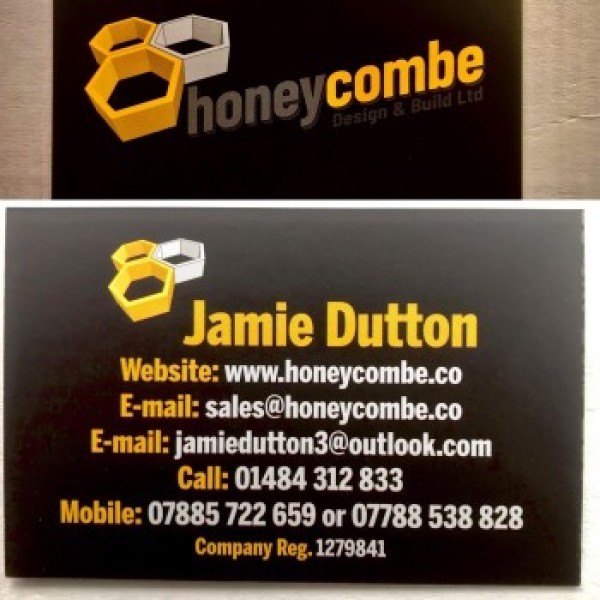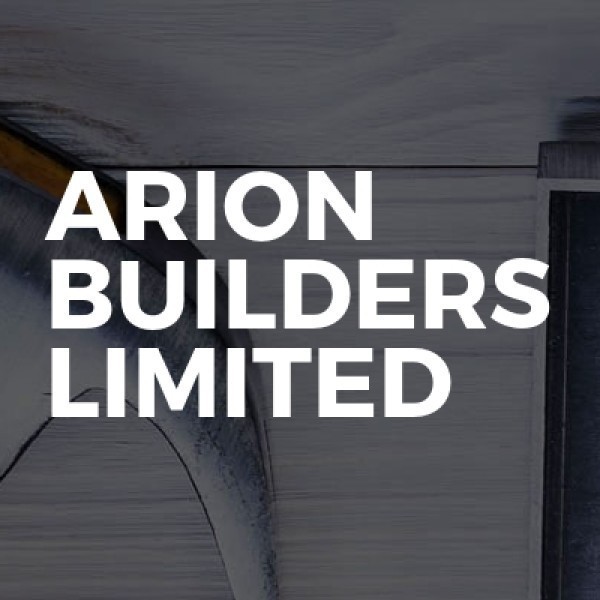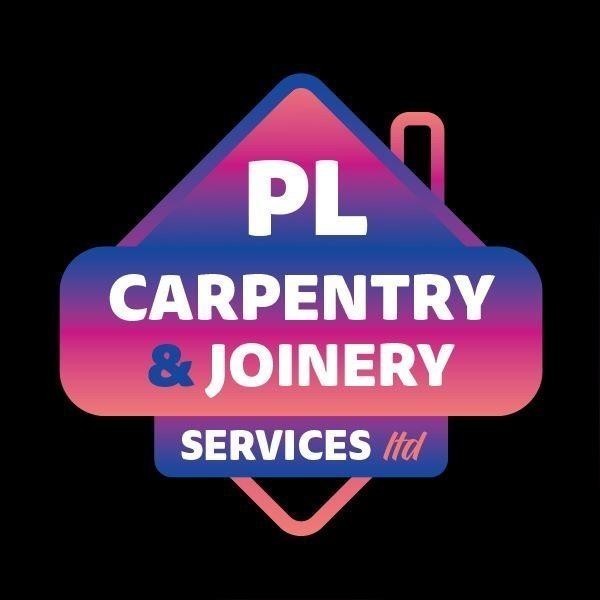Property Refurbishment in Leeds
Filter your search
Post your job FREE and let trades come to you
Save time by filling out our simple job post form today and your job will be sent to trades in your area so you can sit back, relax and wait for available trades to contact you.
Post your job FREESearch Property Refurbishment in places nearby
- Property Refurbishment in Baildon
- Property Refurbishment in Batley
- Property Refurbishment in Bingley
- Property Refurbishment in Bradford
- Property Refurbishment in Brighouse
- Property Refurbishment in Castleford
- Property Refurbishment in Cleckheaton
- Property Refurbishment in Dewsbury
- Property Refurbishment in Elland
- Property Refurbishment in Featherstone
- Property Refurbishment in Garforth
- Property Refurbishment in Guiseley
- Property Refurbishment in Halifax
- Property Refurbishment in Hebden Bridge
- Property Refurbishment in Heckmondwike
- Property Refurbishment in Hemsworth
- Property Refurbishment in Holmfirth
- Property Refurbishment in Horbury
- Property Refurbishment in Horsforth
- Property Refurbishment in Huddersfield
- Property Refurbishment in Ilkley
- Property Refurbishment in Keighley
- Property Refurbishment in Knottingley
- Property Refurbishment in Liversedge
- Property Refurbishment in Mirfield
- Property Refurbishment in Morley
- Property Refurbishment in Normanton
- Property Refurbishment in Ossett
- Property Refurbishment in Otley
- Property Refurbishment in Pontefract
- Property Refurbishment in Pudsey
- Property Refurbishment in Queensbury
- Property Refurbishment in Rothwell
- Property Refurbishment in Shipley
- Property Refurbishment in Silsden
- Property Refurbishment in Sowerby Bridge
- Property Refurbishment in Todmorden
- Property Refurbishment in Wakefield
- Property Refurbishment in Wetherby
- Property Refurbishment in Yeadon
Understanding Property Refurbishment in Leeds
Property refurbishment in Leeds is an exciting venture that can transform a tired, old building into a vibrant, modern space. Whether you're a homeowner looking to update your living space or an investor aiming to increase property value, refurbishment offers a plethora of benefits. Leeds, with its rich history and dynamic growth, presents a unique opportunity for property refurbishment. This article delves into the various aspects of property refurbishment in Leeds, providing insights and guidance for anyone interested in this rewarding endeavour.
The Importance of Property Refurbishment
Refurbishing a property is more than just a facelift; it's about enhancing functionality, improving aesthetics, and increasing value. In Leeds, where the property market is competitive, refurbishment can make a significant difference. It can attract potential buyers or tenants, boost rental income, and ensure compliance with modern standards and regulations. Moreover, refurbishment can breathe new life into historical buildings, preserving Leeds' architectural heritage while meeting contemporary needs.
Key Considerations Before Starting a Refurbishment Project
Before embarking on a refurbishment project in Leeds, several factors need consideration. First, establish a clear budget. Refurbishment costs can vary widely depending on the property's condition and the extent of the work required. Next, consider the property's location and potential return on investment. It's also crucial to understand local planning regulations and obtain necessary permissions. Engaging with local experts, such as architects and builders familiar with Leeds, can provide valuable insights and ensure a smooth process.
Setting a Realistic Budget
Creating a realistic budget is a cornerstone of any successful refurbishment project. Begin by assessing the current state of the property and identifying areas that need attention. Factor in costs for materials, labour, and any unforeseen expenses. It's wise to include a contingency fund for unexpected issues that may arise during the refurbishment process. Consulting with professionals can help refine your budget and prevent costly surprises.
Understanding Local Planning Regulations
Leeds has specific planning regulations that must be adhered to when refurbishing a property. These regulations can affect everything from structural changes to aesthetic modifications. It's essential to research these rules thoroughly and seek necessary permissions from the local council. Failure to comply can result in fines or the need to undo completed work, leading to additional costs and delays.
Choosing the Right Professionals for Your Project
Engaging the right professionals is crucial for a successful refurbishment project. In Leeds, there are numerous skilled architects, builders, and interior designers who can bring your vision to life. When selecting professionals, consider their experience, reputation, and familiarity with local regulations. It's also beneficial to view their previous work and seek recommendations from past clients. A good team will not only execute your plans efficiently but also offer valuable advice and innovative solutions.
Finding Skilled Builders and Contractors
Builders and contractors play a pivotal role in the refurbishment process. In Leeds, there are many reputable firms with extensive experience in property refurbishment. When choosing a builder, look for those with a proven track record and positive client feedback. It's also important to ensure they have the necessary certifications and insurance. A reliable builder will work closely with you to ensure the project stays on schedule and within budget.
Collaborating with Architects and Designers
Architects and designers can transform your ideas into practical and aesthetically pleasing solutions. In Leeds, many professionals specialise in blending modern design with the city's historic architecture. Collaborating with an architect can help you maximise space, improve energy efficiency, and enhance the property's overall appeal. Designers can assist with selecting materials, colours, and furnishings that align with your vision and budget.
Popular Refurbishment Trends in Leeds
Leeds is a city that embraces both tradition and innovation, and this is reflected in its refurbishment trends. Many property owners are opting for sustainable and energy-efficient solutions, such as solar panels and high-performance insulation. Open-plan living spaces are also popular, creating a sense of spaciousness and flexibility. Additionally, there is a growing interest in preserving original features, such as exposed brickwork and timber beams, which add character and charm to refurbished properties.
Sustainable and Energy-Efficient Solutions
As environmental awareness grows, more property owners in Leeds are incorporating sustainable practices into their refurbishments. This includes installing energy-efficient windows, using eco-friendly materials, and integrating renewable energy sources like solar panels. These measures not only reduce the property's carbon footprint but also lower energy bills, making them a wise investment for the future.
Open-Plan Living and Modern Design
Open-plan living has become increasingly popular in Leeds, reflecting a shift towards more flexible and communal living spaces. Removing walls to create larger, multifunctional areas can enhance natural light and improve the flow of the home. Modern design elements, such as minimalist kitchens and sleek bathrooms, are also in demand, offering a contemporary feel that appeals to a wide range of buyers and tenants.
Preserving Leeds' Architectural Heritage
Leeds boasts a rich architectural heritage, with many properties featuring unique historical elements. Refurbishment projects often aim to preserve these features while updating the property for modern use. This can involve restoring original woodwork, maintaining period fireplaces, or repairing ornate plasterwork. By preserving these elements, property owners can retain the building's character and appeal to those who appreciate Leeds' historical charm.
Restoring Original Features
Restoring original features is a key aspect of many refurbishment projects in Leeds. This process can involve careful cleaning, repairing, or replicating historical elements to maintain the property's authenticity. Skilled craftsmen and specialists can assist in restoring features such as sash windows, decorative mouldings, and traditional stonework, ensuring they meet current safety and efficiency standards.
Balancing Modern Needs with Historical Charm
Balancing modern needs with historical charm is a delicate task that requires thoughtful planning and execution. In Leeds, many property owners strive to integrate modern amenities, such as updated plumbing and electrical systems, without compromising the building's historical integrity. This balance can be achieved through careful design choices and the use of sympathetic materials that complement the property's original style.
Maximising Property Value Through Refurbishment
Refurbishment is an effective way to maximise property value in Leeds. By enhancing the property's appearance, functionality, and energy efficiency, owners can attract higher offers from buyers or command increased rental income. Strategic improvements, such as adding an extra bedroom or upgrading the kitchen and bathroom, can significantly boost the property's market value. Additionally, well-executed refurbishments can lead to quicker sales and reduced time on the market.
Strategic Improvements for Increased Value
When aiming to increase property value, it's important to focus on strategic improvements that offer the best return on investment. In Leeds, popular upgrades include modernising kitchens and bathrooms, adding energy-efficient features, and improving curb appeal. These enhancements not only attract potential buyers but also add long-term value to the property.
Understanding the Leeds Property Market
The Leeds property market is dynamic and competitive, with demand often outstripping supply. Understanding market trends and buyer preferences can guide refurbishment decisions and ensure they align with current demands. Engaging with local estate agents and property experts can provide valuable insights into what buyers are looking for and how to position your property for success.
Challenges and Solutions in Property Refurbishment
Refurbishing a property in Leeds can present several challenges, from navigating planning regulations to managing unexpected issues during construction. However, with careful planning and the right team, these challenges can be overcome. Effective communication, flexibility, and a proactive approach are key to addressing any obstacles that arise during the refurbishment process.
Dealing with Planning and Regulatory Challenges
Planning and regulatory challenges are common in property refurbishment, particularly in a city like Leeds with its historical buildings and conservation areas. To navigate these challenges, it's essential to engage with local authorities early in the process and ensure all necessary permissions are obtained. Working with professionals who have experience in dealing with Leeds' planning regulations can also help streamline the process and avoid potential pitfalls.
Managing Unexpected Issues During Construction
Unexpected issues can arise during any refurbishment project, from discovering structural problems to encountering supply chain delays. To manage these challenges, it's important to maintain open communication with your team and be prepared to adapt plans as needed. Having a contingency fund in place can also provide financial flexibility to address unforeseen issues without derailing the project.
Frequently Asked Questions
- What is the average cost of property refurbishment in Leeds? The cost can vary widely depending on the property's size, condition, and the extent of the work required. It's advisable to consult with local professionals for accurate estimates.
- Do I need planning permission for refurbishment in Leeds? It depends on the nature of the work. Structural changes or alterations to listed buildings typically require permission. Always check with the local council before starting work.
- How long does a typical refurbishment project take? The duration can vary based on the project's complexity. On average, a full refurbishment might take several months to complete.
- Can refurbishment increase my property's value? Yes, well-planned refurbishments can significantly boost property value by improving aesthetics, functionality, and energy efficiency.
- What are some common refurbishment trends in Leeds? Popular trends include sustainable solutions, open-plan living spaces, and preserving original architectural features.
- How can I find reliable professionals for my refurbishment project? Seek recommendations, check online reviews, and view previous work to find reputable architects, builders, and designers in Leeds.
Property refurbishment in Leeds offers a wealth of opportunities to enhance, preserve, and add value to buildings across the city. By understanding the process, engaging the right professionals, and embracing both modern trends and historical charm, property owners can achieve remarkable transformations that benefit both themselves and the wider community.




















